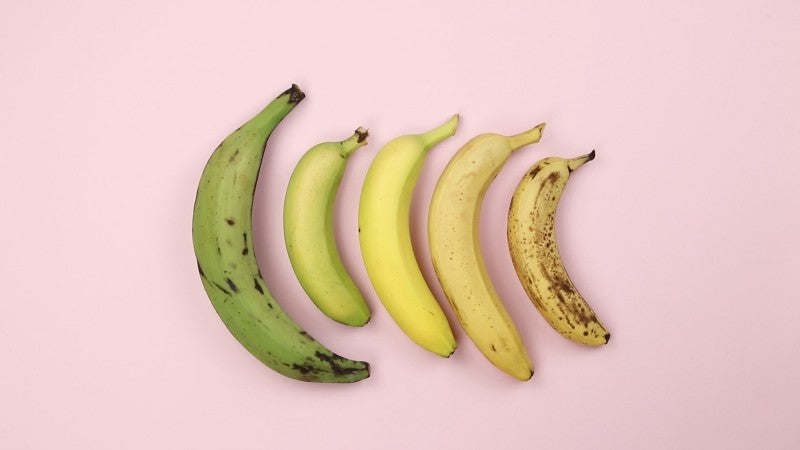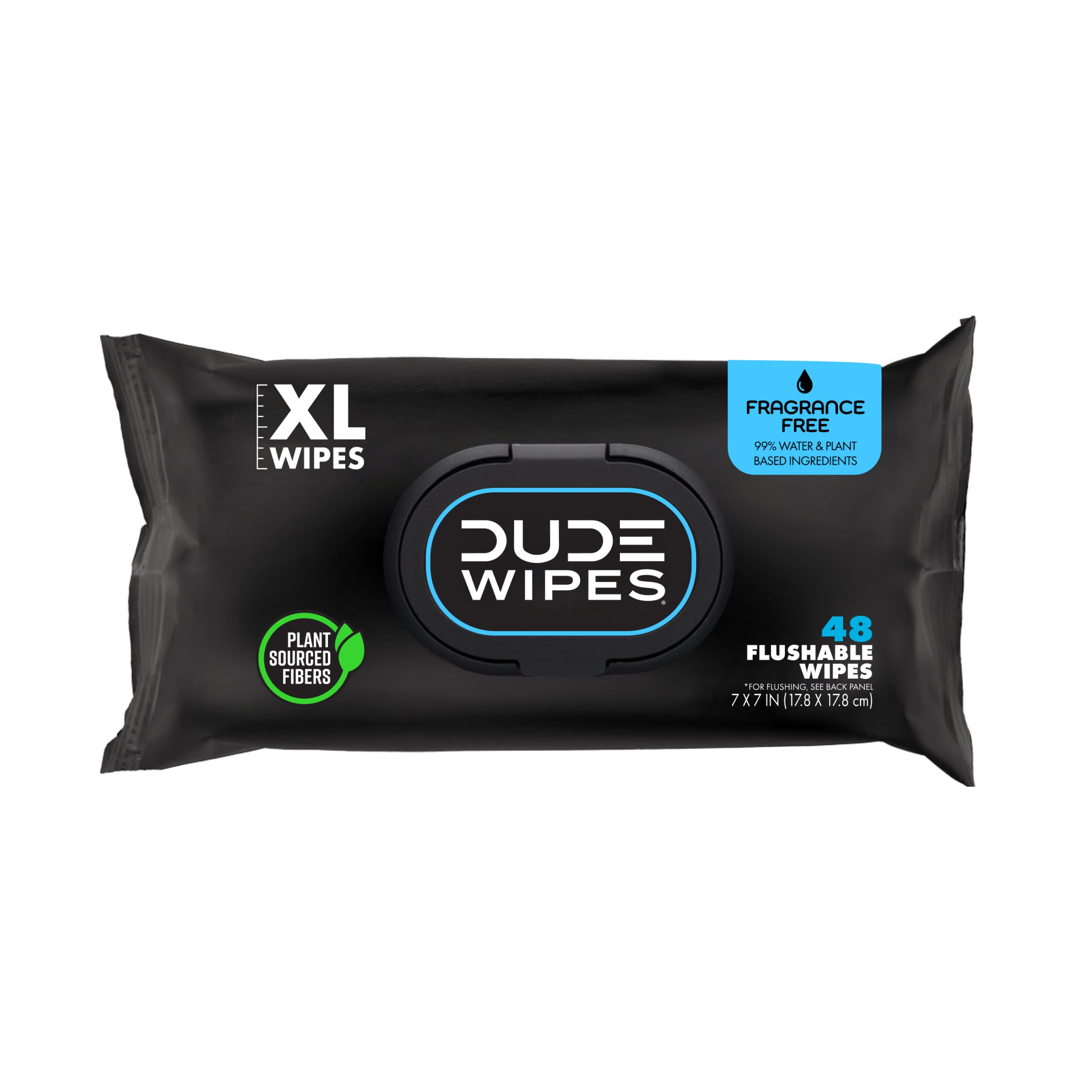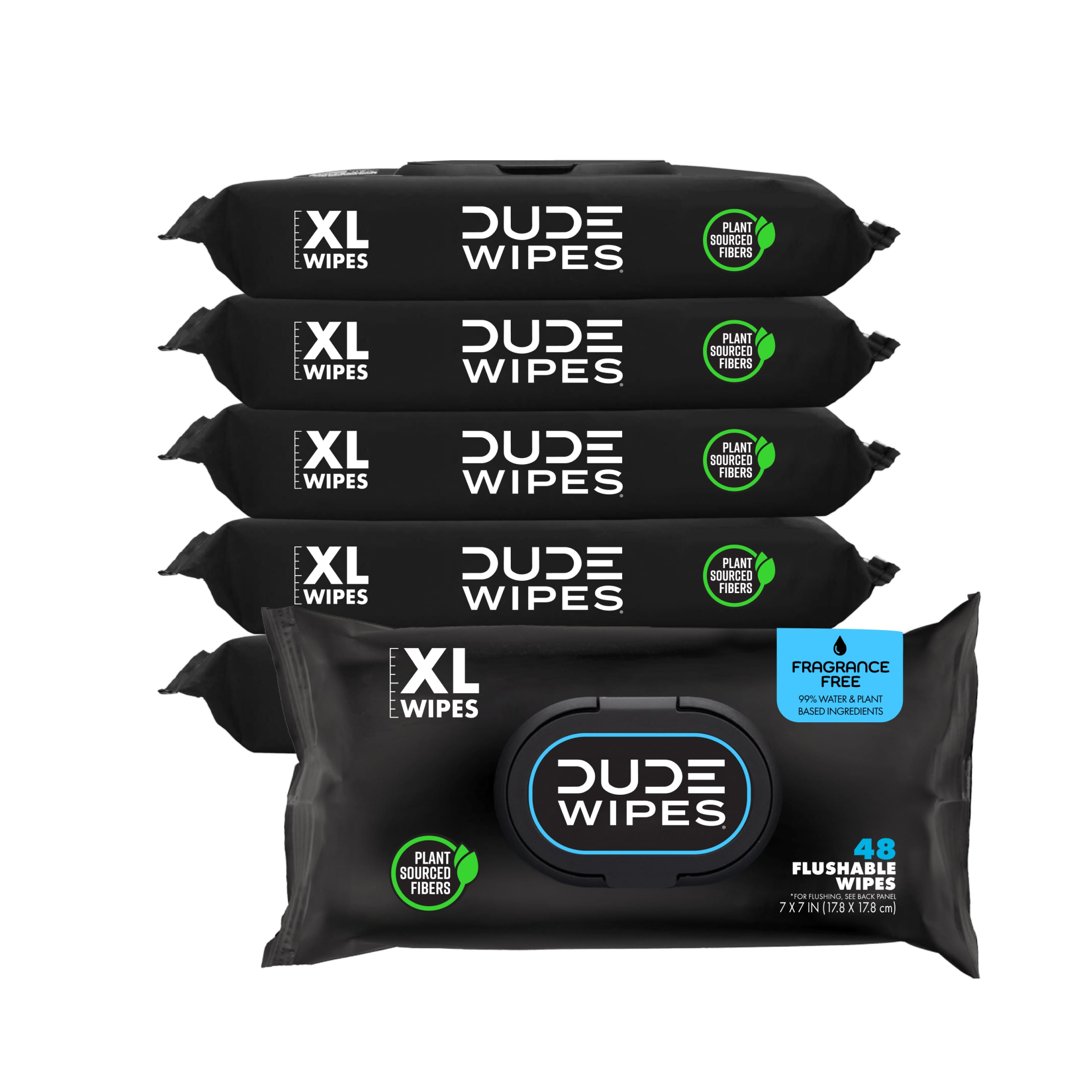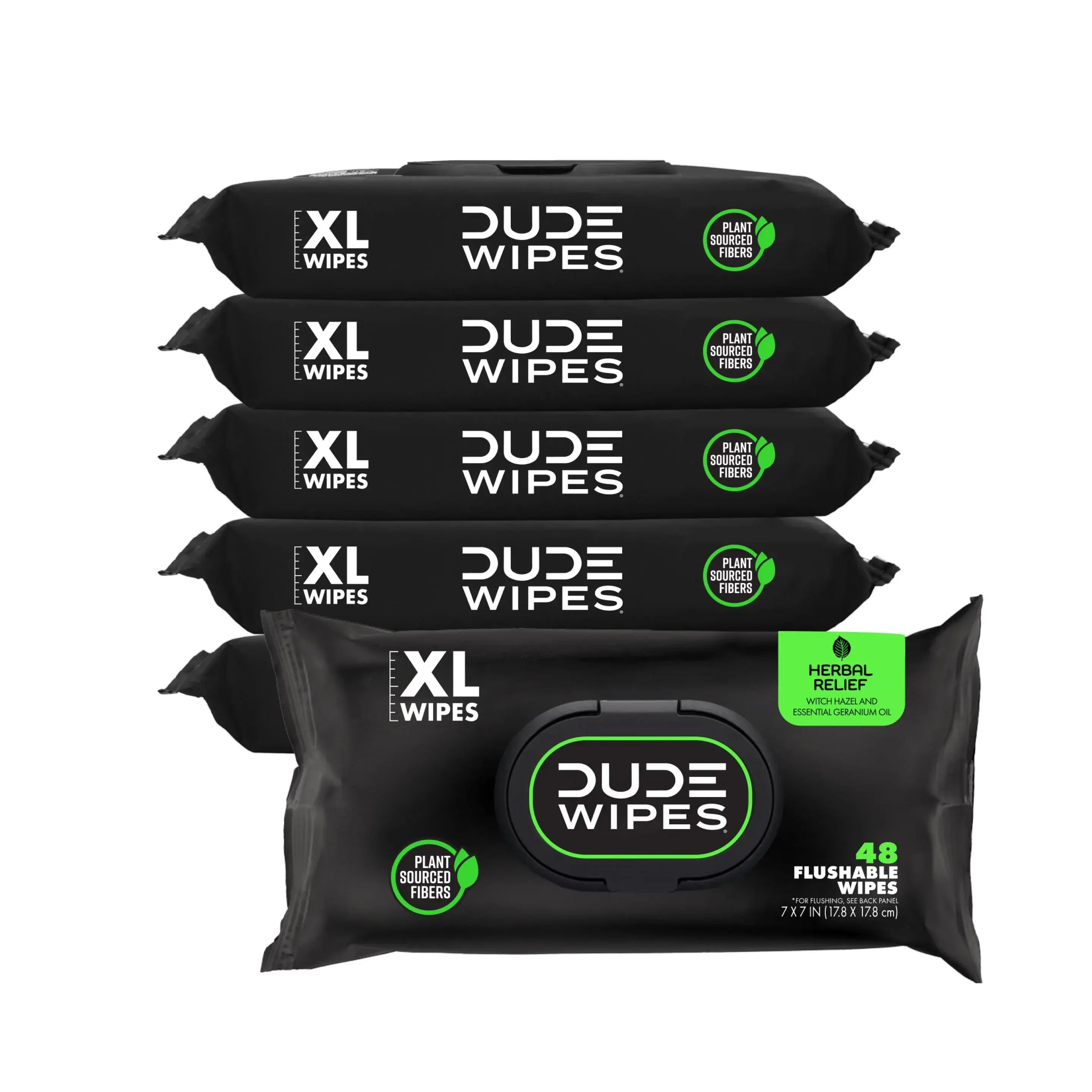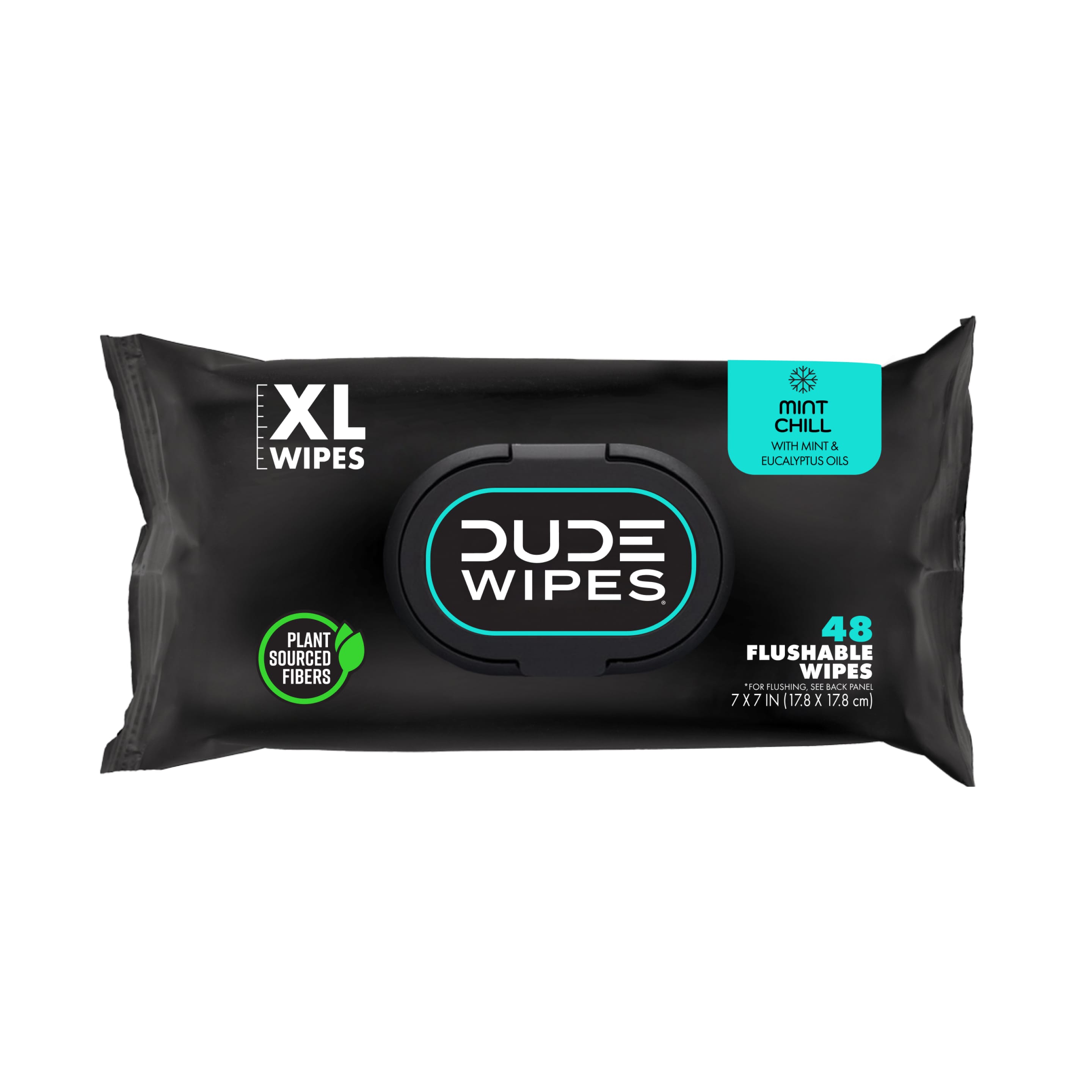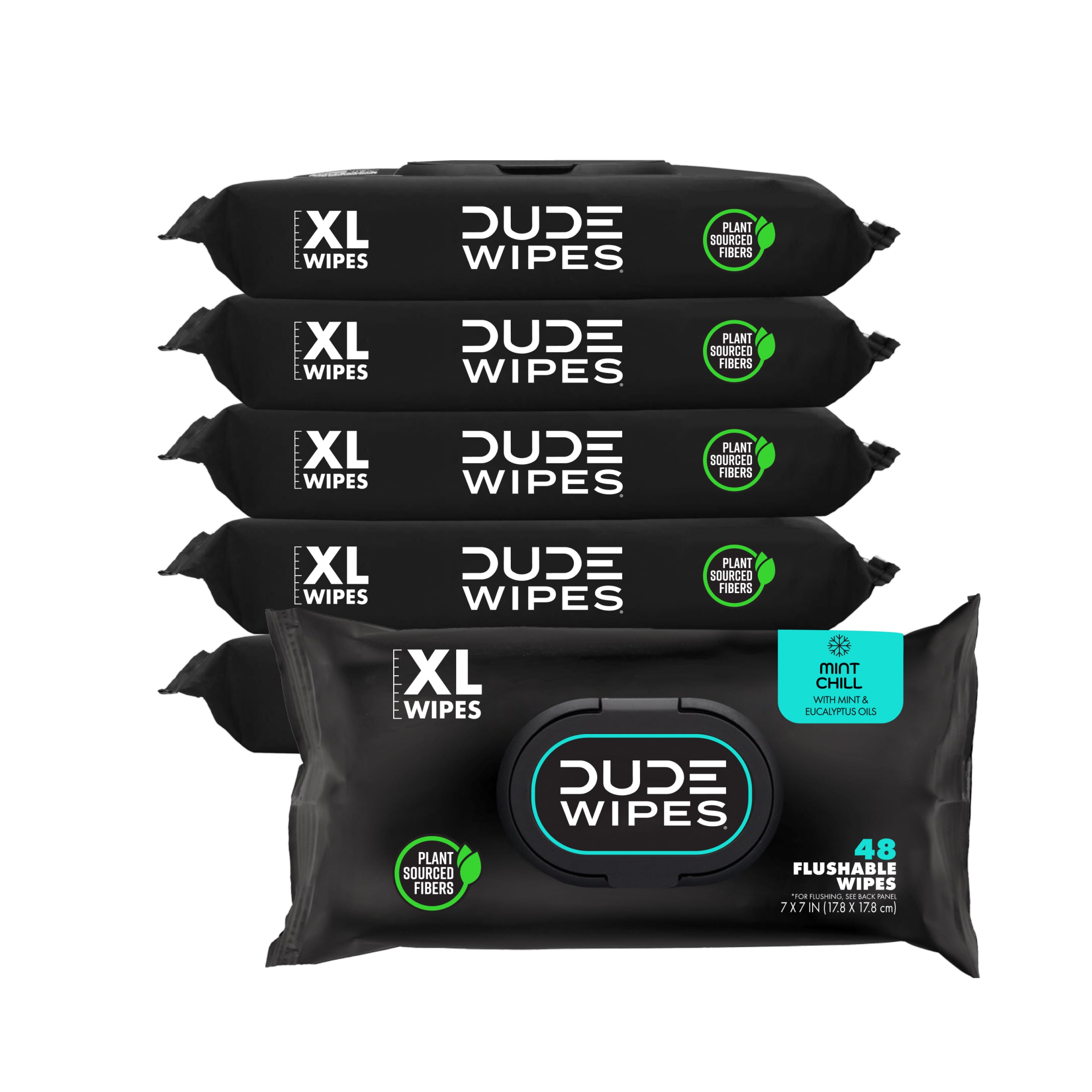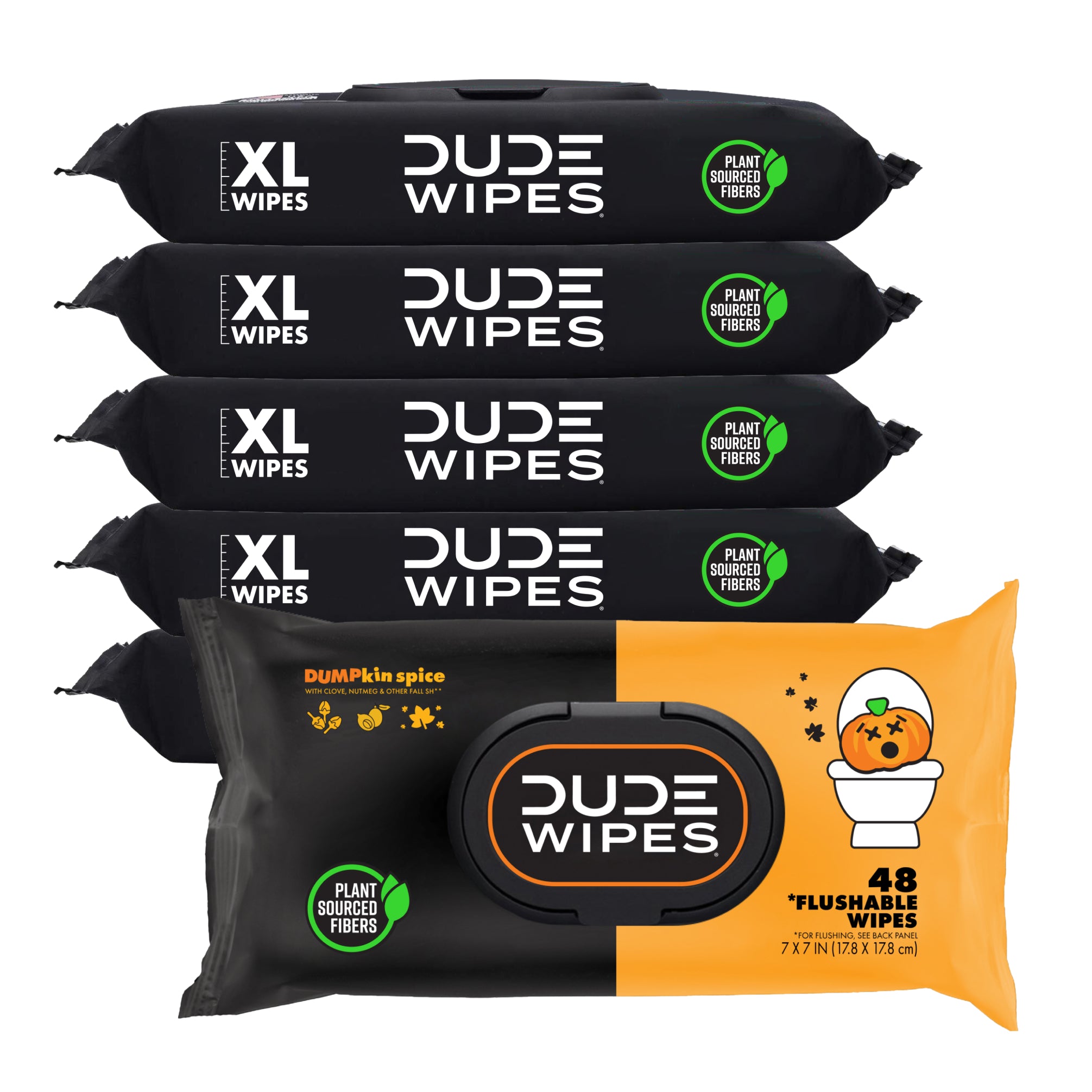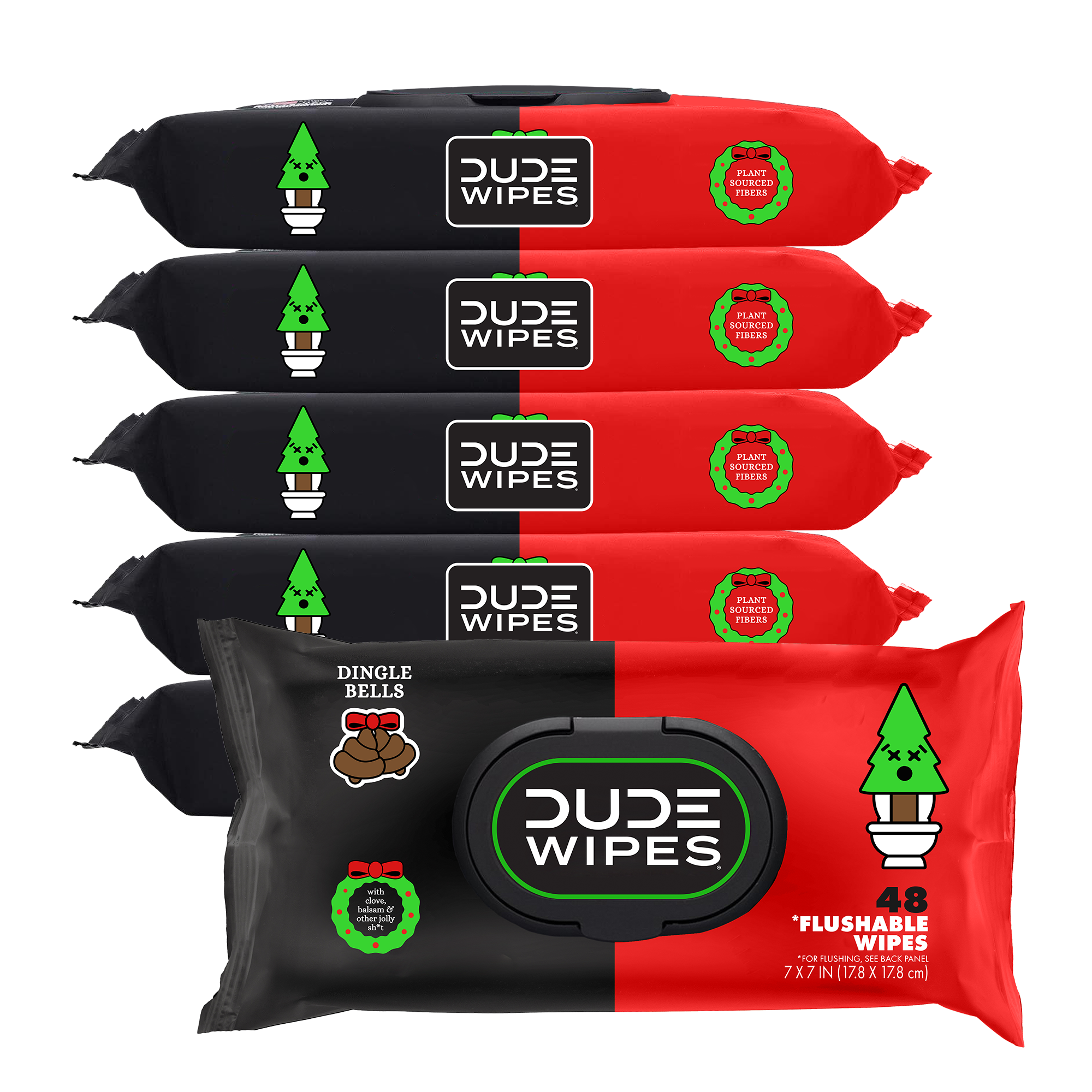If you just dropped a load of yellow diarrhea in the toilet bowl, it’s normal to wonder WTF is going on in your guts and butt. Fear not; you’re in a safe space.
In a perfect world, your poop should be brown, solid, and smooth. That’s because of two bodily fluids:
- Bile: a yellow-green digestive enzyme made by your liver
- Bilirubin: a waste product of red blood cells that gives poop its brown color
If the chemistry in your gut gets thrown out of whack, your crap can change colors—and yellow is one of the most common shades.
Several things can give you yellow poop/diarrhea. Some are harmless, like yellow foods—others are more serious, like pancreatitis. While we can’t diagnose your poop probz via the internet, we can cover the common causes of yellow diarrhea and tell you when to get your butt off the toilet and into a doctor’s office.
First things first: Is your yellow diarrhea a death sentence?
Is Yellow Diarrhea Serious?
It’s normal for your stool color and consistency to change from day to day. This usually depends on what you eat (or drink).
That said, if you have yellow stool multiple days in a row or have abdominal pain, fever, nausea, or weight loss, you might need medical advice. This can be a sign of a gastrointestinal problem.
9 Causes of Yellow Diarrhea
We dug through a crap-ton of medical literature to narrow down the potential causes of yellow poop/diarrhea—here’s what we found.
1. Your Diet
The food you eat affects what color comes out the other end. Eating foods that are yellow or orange can turn your feces a similar color. That includes sweet potatoes, carrots, turmeric, and yellow food coloring.
If you eat a lot of fatty or gluten-rich foods, those may give your poop a yellow color too.
2. Stress
Stress and anxiety can affect when you have bowel movements and can affect their color too.
For example, stress can accelerate the digestive process, causing food to pass through your intestines before it’s fully digested (this is called malabsorption). This can lead to yellow, loose stool.
3. Liver Disorders
Your liver produces bile salts, which help your body absorb and break down fats and fat-soluble vitamins that you eat. Certain liver diseases decrease or eliminate bile salts in your body, which can turn your poop yellow.
Two of the most common conditions that affect the liver are cirrhosis and hepatitis.
4. Gallbladder Disorders
Gallbladder problems can also lower the amount of bile salts in your body. This is especially true for gallstones, which are hardened deposits of digestive fluids that form in your gallbladder.
Over time, gallbladder issues can cause stomach pain, jaundice (yellow skin and eyes), and yellow or pale stool.
5. Pancreas Problems
During digestion, your pancreas creates enzymes that break down sugars, fats, and starches. If the pancreas malfunctions, you might be unable to fully break down food. The undigested food can make your poop yellow, greasy, or frothy.
Some of these disorders include chronic pancreatitis, cystic fibrosis, and pancreatic cancer.
6. Gilbert Syndrome
Gilbert syndrome is a genetic liver disorder that causes bilirubin levels to rise higher than normal. Two common symptoms are jaundice and yellow stool.
Gilbert syndrome only affects 3-7% of Americans, and some people’s symptoms are so mild they don’t know they have the condition.
7. Giardiasis
Giardiasis is an intestinal infection caused by giardia, a parasite that lives in contaminated food and water. In addition to yellow diarrhea, giardiasis causes stomach cramps, foul-smelling poop, nausea, fever, headaches, and weight loss.
8. Clostridioides difficile (C. diff)
C. diff is an infection that causes inflammation of the colon. It’s pretty common, affecting almost half a million Americans each year. C. diff infections can happen after you take antibiotics.
The symptoms are rough, ranging from watery diarrhea to yellow pus in your poop.
9. Celiac Disease
Celiac disease is an autoimmune disease triggered by gluten: a protein found in wheat, barley, and rye. This reaction damages the tissues in the small intestine and prevents the body from fully absorbing nutrients.
In addition to yellow diarrhea, there are hundreds of potential symptoms related to Celiac disease including bloating, nausea, constipation, fatigue, headaches, and depression.
When Is It Time to Worry About Yellow Diarrhea?
It’s okay if your turds are yellow every once in a while—the same goes for diarrhea. Your diet is the most likely culprit. But if your poop doesn’t go back to brown within 3-5 days, you should get in touch with your healthcare provider.
You should also be on the lookout for additional warning signs like nausea, vomiting, abdominal pain, and stool that smells way worse than normal. These can indicate a digestive health problem you can’t resolve with dietary changes.
When you tell your doctor about poop problems, they’ll most likely start with a physical exam and a stool sample. Once you nail down the underlying cause, your doctor may prescribe medicine, lifestyle changes, or something as simple as Pepto-Bismol to settle your stomach.
DUDE Wipes Conquer Poop of Any Color
If diarrhea is sending you to the can multiple times a day, do your butt a favor and ditch your dry toilet paper. Constant friction from paper irritates the sensitive skin around your b-hole, causing the dreaded polished anus syndrome.
That’s where DUDE Wipes come in. The subtle moisture and soothing aloe give your undercarriage the spa-like treatment it deserves. Whether you’re dropping perfect brown logs or sloppy yellow diarrhea, you can count on us to keep your third pit pristine.



